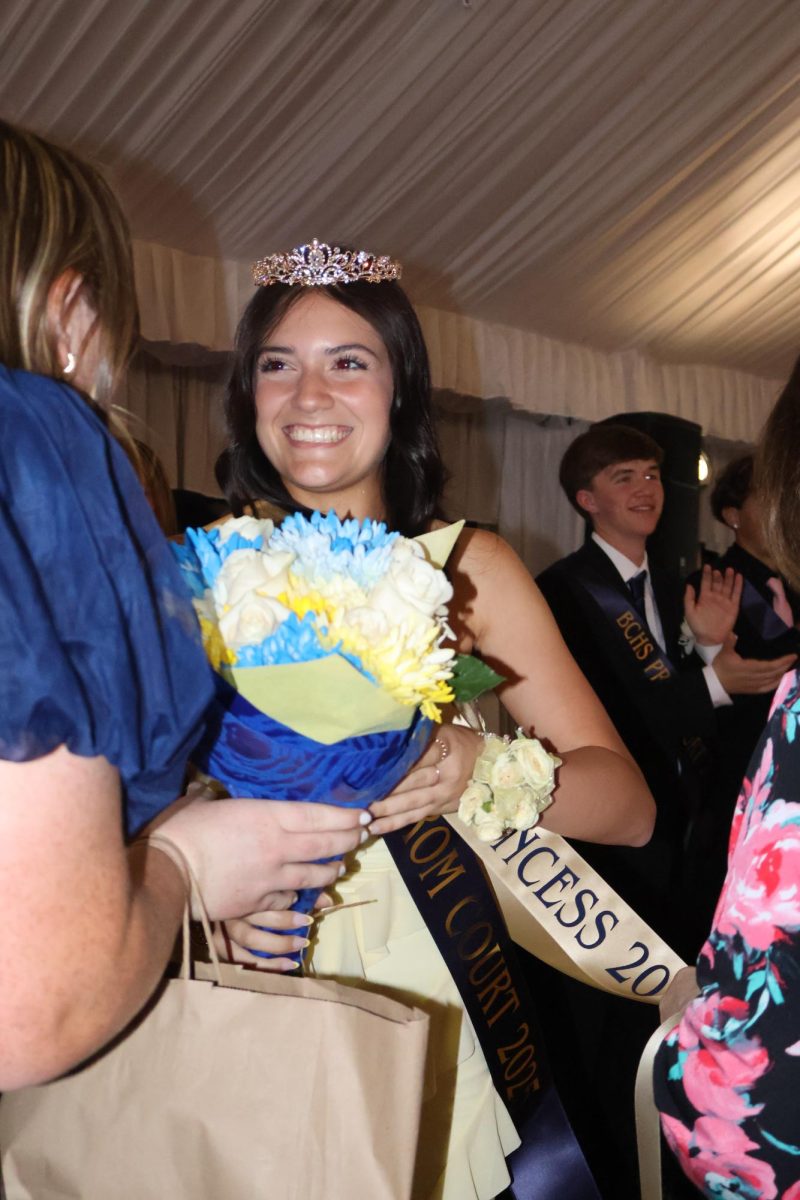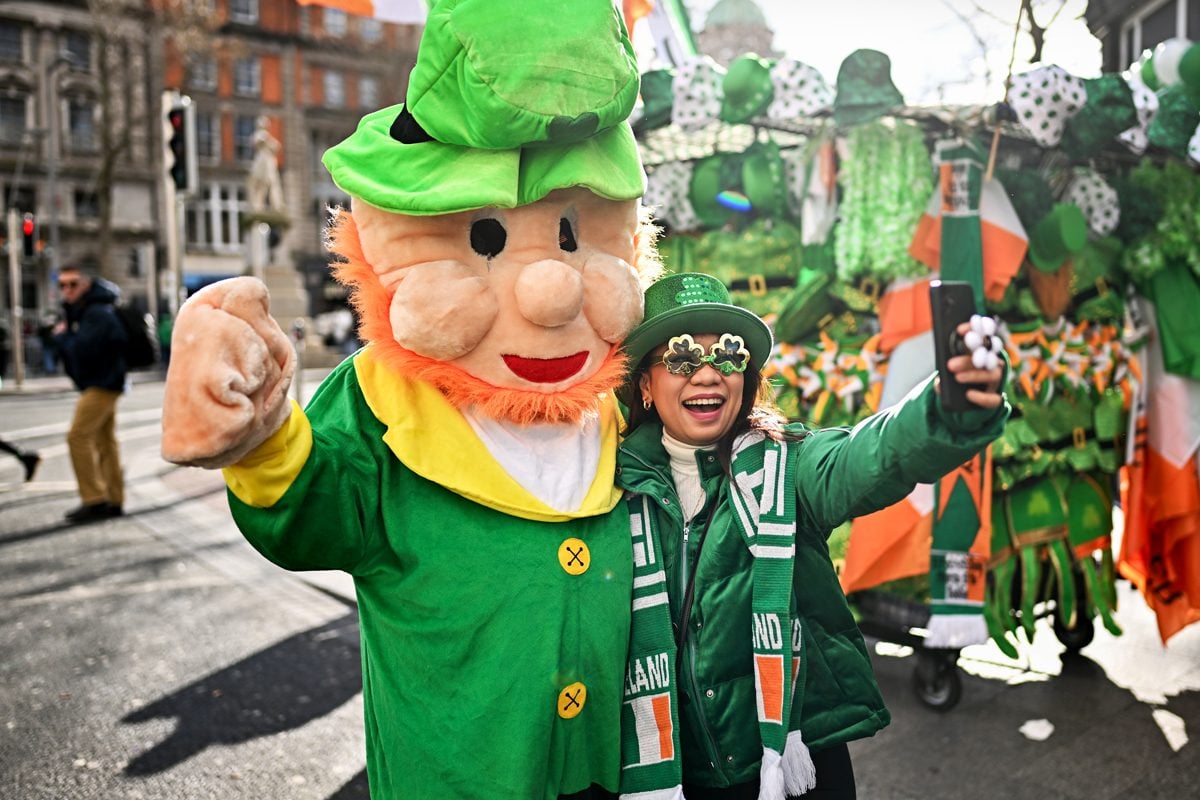Valentine’s Day, celebrated on February 14th, has evolved over centuries. On this day, love is celebrated. The origins of this holiday are steeped from ancient history and Christian traditions. Valentine’s Day is one of the most recognized holidays world wide. Understanding the history of Valentine’s Day reveals the unique ways in which cultures and societies have shaped its meaning over time.
Valentine’s day became a more recognizable form in The Middle Ages, more specifically the Eighteenth Century, people in Britain were exchanging handwritten love notes, and by the early 1900’s, printed cards became the norm. This marks the beginning of Valentine’s Day as the commercial holiday we know today, where greetings, flowers, and gifts are shared in abundance.
Today, Valentine’s Day is a multibillion-dollar industry. The gifting of chocolates, flowers (especially roses), jewelry, and personalized gifts has become central to the celebration. Card companies, florists, and restaurants all experience a huge boost in business around February 14th.
particularly in France and England, where it became linked to. By the 14th, it all started and got its name after St. Valentine who lived during the Roman Empire. This is because he died mid February, close to the Roman festival of Lupercalia.
Valentine’s Day has evolved in so many different ways over the centuries. Whether through small grand gestures of romance, small tokens of affection, or acts of kindness, the holiday offers a chance to show love and affection for the ones we appreciate.




























